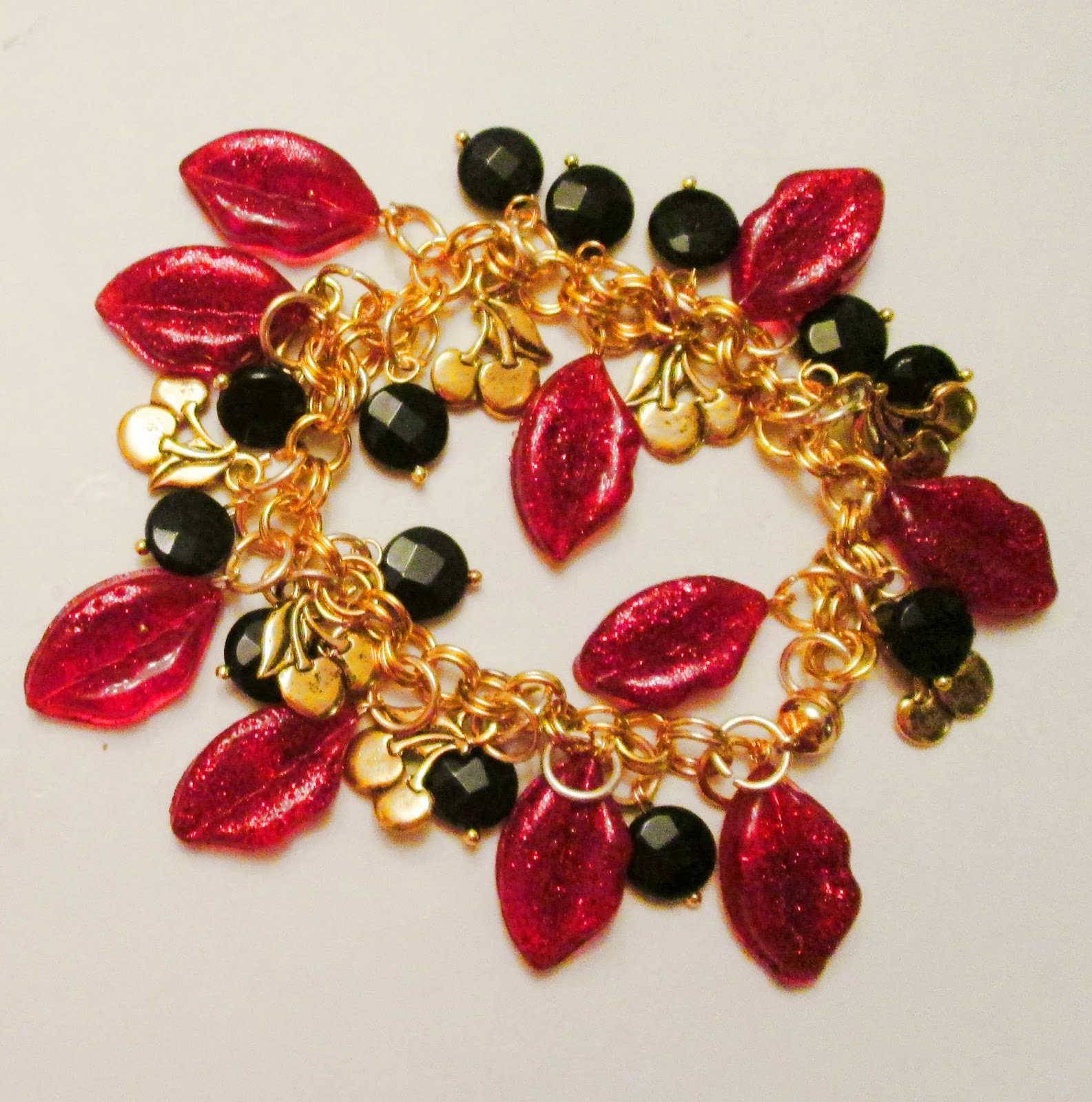In the Jewel Enamel Gems facebook group we are often asked whether you can use mica powder with jewel enamel UTEE and the answer is a resounding YES!
There are lots of ways to use these shimmery powders so I thought I would give a few examples and ideas here.
First and most obviously is to highlight any texture that you have poured. You can use wax gleams but sometimes you want a more subtle result so mica powders are perfect. You can always add a glaze over the top to keep the colour. I use Scupley glaze in either a satin or gloss finish.
the Karantha textured butterfly mould comes to life when you gently rub mica powder over the texture
I added gold and turquoise mica to this leaf shape which had been poured into a cutter laid on a texture mat
Another way is to brush mica powder into a mould before pouring. I use an old make up brush for this making sure I get into all the nooks and crannies in the mould. This technique is great if you are using a colour that is a bit dull because it gives a shimmer to your piece. With this strawberry pendant I wanted to add a subtle gold sheen so brushed into the mold and then when the piece was cold I gently polished it

I really like to add mica powder to the actual mix as I am melting. You need to add gradually and mix well but be aware that too much can really change the consistency and you often get bubbles. I mix well and then use a heat gun directly onto the melt pot to get rid of as many bubbles as possible.
You get an opaque frosty result which works equally well in clear or a colour
This bracelet was made using a deep teal blue with clear and I slowly added silver mica and poured then a bit more and another pour and so in until I got an almost totally silver.
The heart mould is the small Karantha plain heart. I only have one mould so you can see this took time to create. In order for the mix not to go amber tinged I turned the melt pot right down between each pour.
A couple of hearts in I poured a pendant to complement the bracelet
you can really see the effect of the mica powder in this
These stars were made starting with turquoise and clear and a small amount of silver mica then adding a little more mica each time and then beginning to add a tiny bit of white
so why not give mica powders a try













































